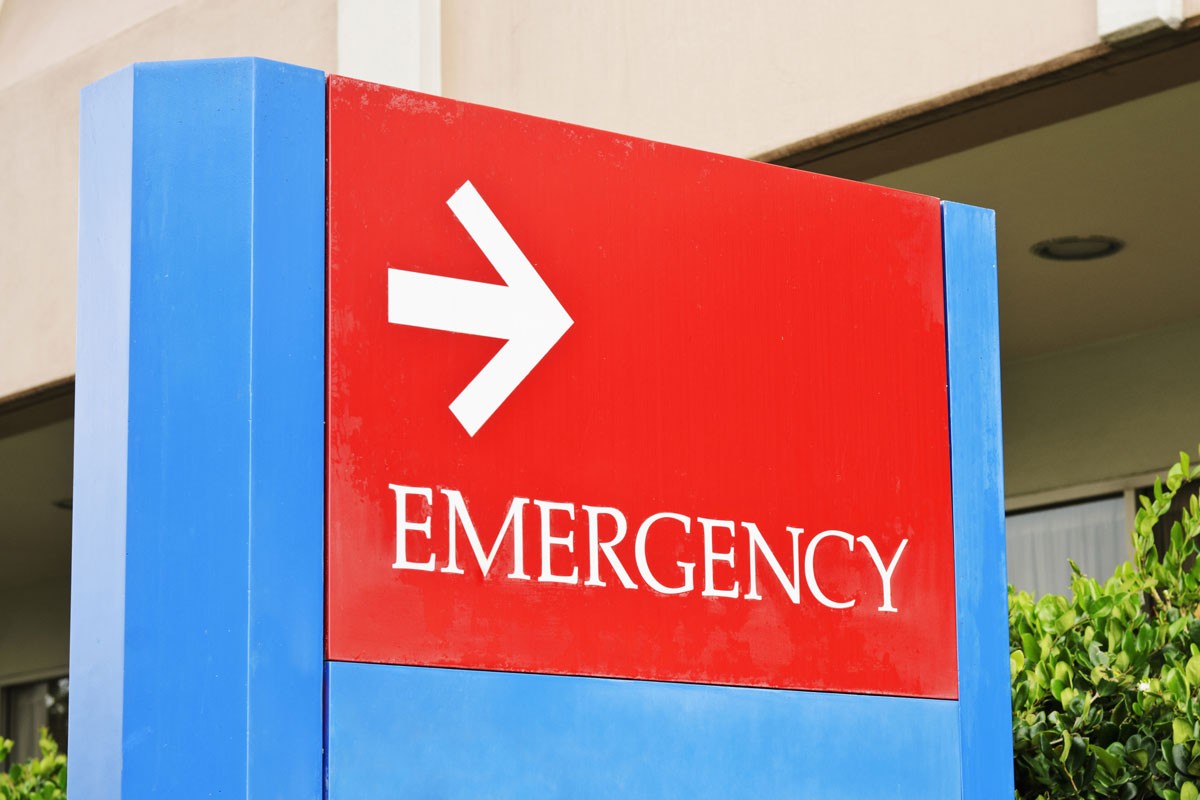Assessing where to get help in an emergency
Your infant wakes up in the middle of the night crying, and when you touch her she feels like she’s on fire. After a fall during a soccer game, your child’s ankle is swollen and tender. Your son gets a bee sting, and suddenly he starts to wheeze.
Which one of these warrants a trip to the emergency room? What about a call to 911? Or maybe you can just go to an urgent-care clinic. When you’re by yourself and don’t have a partner to quickly ask for help, it can be scary trying to decide where you should take your children when they are sick or injured. Although it is always best to err on the side of caution, there are guidelines that can help you decide where you need to go.
Emergency room
Emergency rooms are open 24 hours a day and are designed to provide life- or limb-saving treatment. They should be reserved for life-threatening illness or injury. Your insurance may not pay for a trip to the ER when it wasn’t warranted. But what does warrant a trip to the ER? According to the Cigna Medical Group the following situations should be treated at the emergency room:
- allergic reactions to food or animal and bug bites
- broken bones
- chest pain
- constant vomiting
- continuous bleeding
- severe shortness of breath
- deep wounds
- weakness or pain in a leg or arm
- head injuries
- unconsciousness
It is always best to be cautious, so if you think your child may be seriously ill or injured, the emergency room is your safest bet.
Urgent-care clinics
Think of urgent-care clinics as doctors with extended hours. Most urgent-care clinics also have access to X-ray machines and a lab. They are not set up to handle emergencies, but they can handle anything that would normally warrant a visit to your pediatrician. Sore throat and fever on a Saturday? Twisted ankle playing soccer Tuesday evening? These are the type of situations that are appropriate for an urgent-care clinic. The types of illness and injuries that can and should be treated at an urgent-care clinic are:
- flu and cold
- coughs and sore throat
- high fevers
- vomiting, diarrhea, and stomach pain
- cuts and severe scrapes
- broken bones
- minor injuries and burns
- sports injuries
Call 911
If you are concerned about making it to the emergency room in time, call 911. Breathing issues, seizures, severe bleeding, and unconsciousness are all reasons to call 911 so an ambulance transport your child to the emergency room. Not only can an ambulance get your child to the hospital faster than if you drove yourself, they are able to provide life-saving treatment on the way.
So, very high fever in very young child? Take your child to the emergency room. Swollen ankle after a fall? Take your child to urgent care. Wheezing after a bee sting? Call 911. If you’re ever in doubt, err on the side of caution, but using these common-sense guidelines may save you some time and money on illness and injuries.
Julia Liu is the daughter of a Solo Mom and has a degree in professional communication. She is the mom to two sons. She has worked in early-childhood education and was the director of a nonprofit private preschool for many years. You can follow her on Twitter at @notaDNB1.
Please feel free to contact us with any comments or questions.









